Accessibility for people with special needs
Travelling…
Persons who are visually impaired or hard of hearing
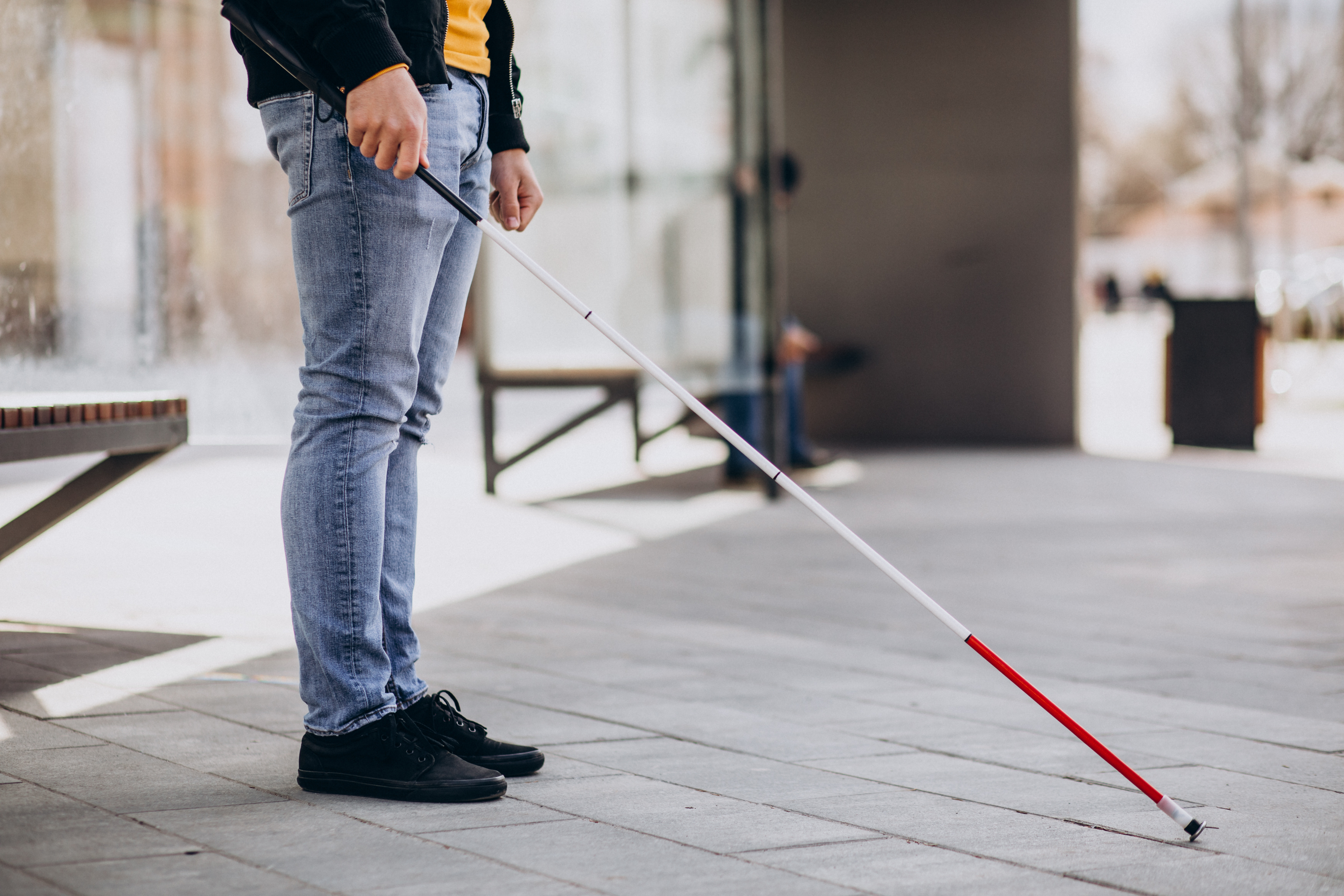
Some stations may be equipped with tactile/visual lines to show you the safety limit of the platform. Particular attention is required on the m1, for which two marking systems coexist:
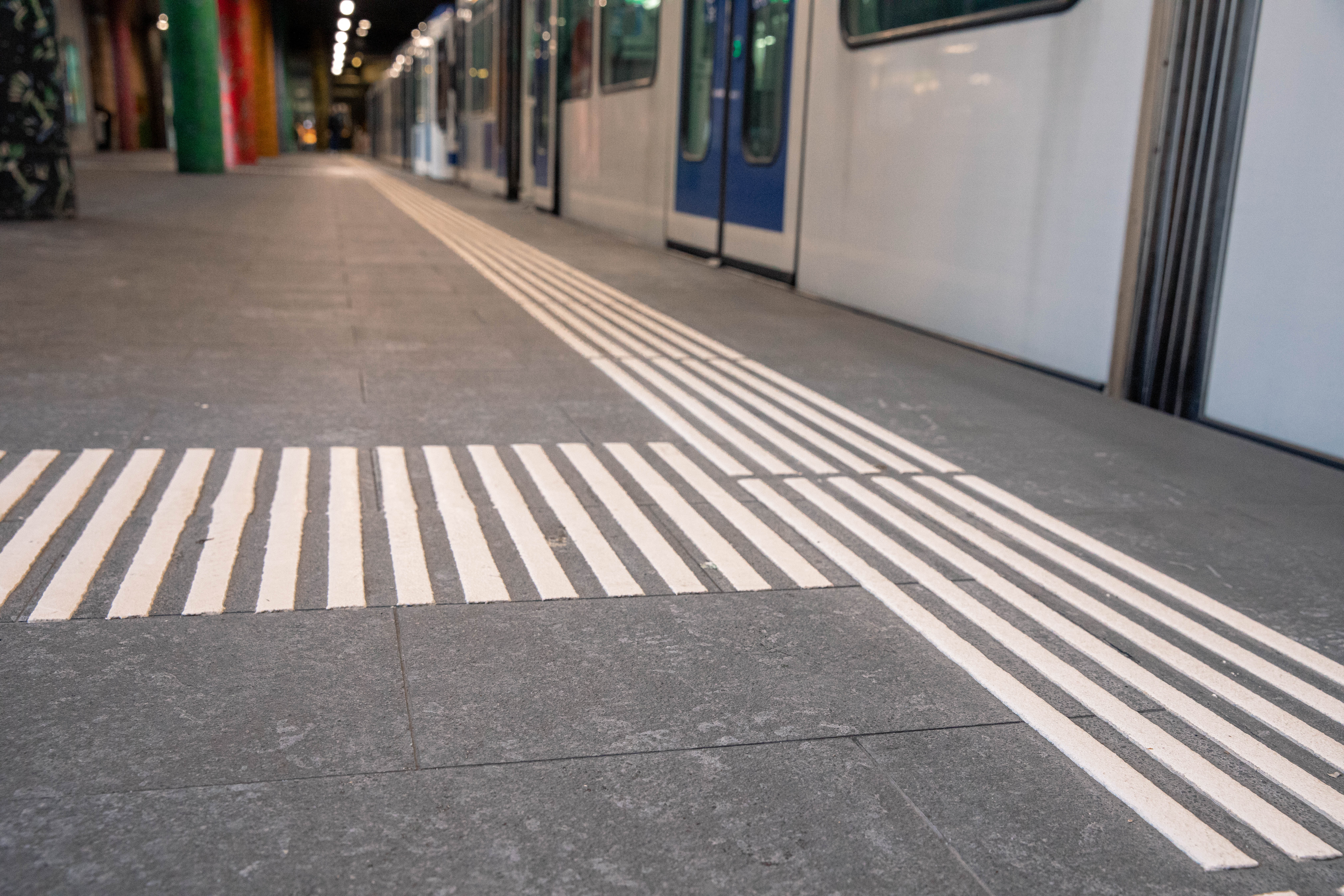
EPFL and Montelly stations are equipped with standard tactile/visual marking lines which indicate the safety zone. For the other m1stations, an old marking system is still in place; you should stand back from the zone marked by circular reliefs. These stations will be gradually updated.
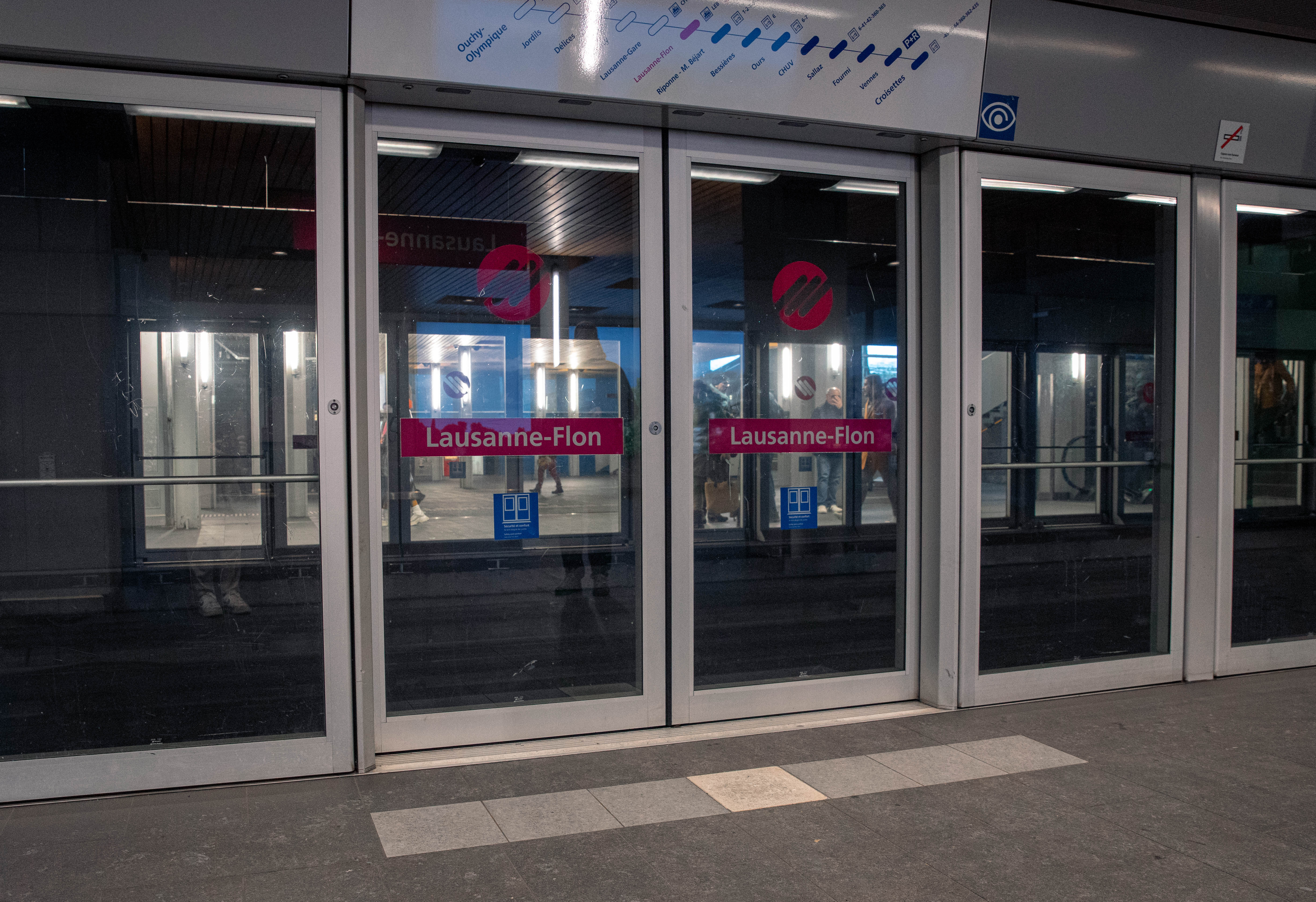
m2 metro stations have been designed to be accessible to everyone. On the landing doors, the horizontal pink band at eye level and the white markings on the ground indicate access to the trains.
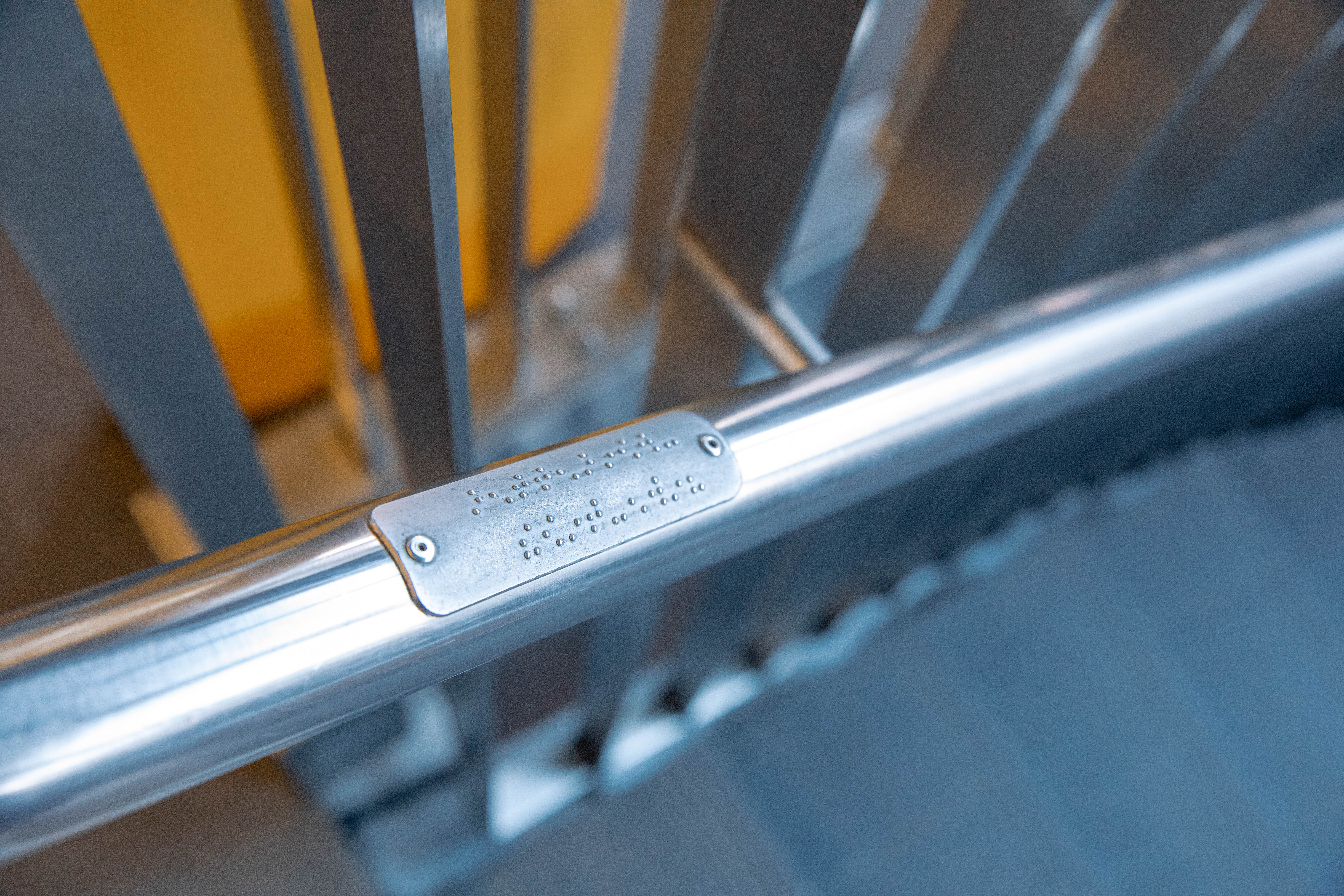
The m2 stations are equipped with Braille facilities (staircase handrails, elevators).
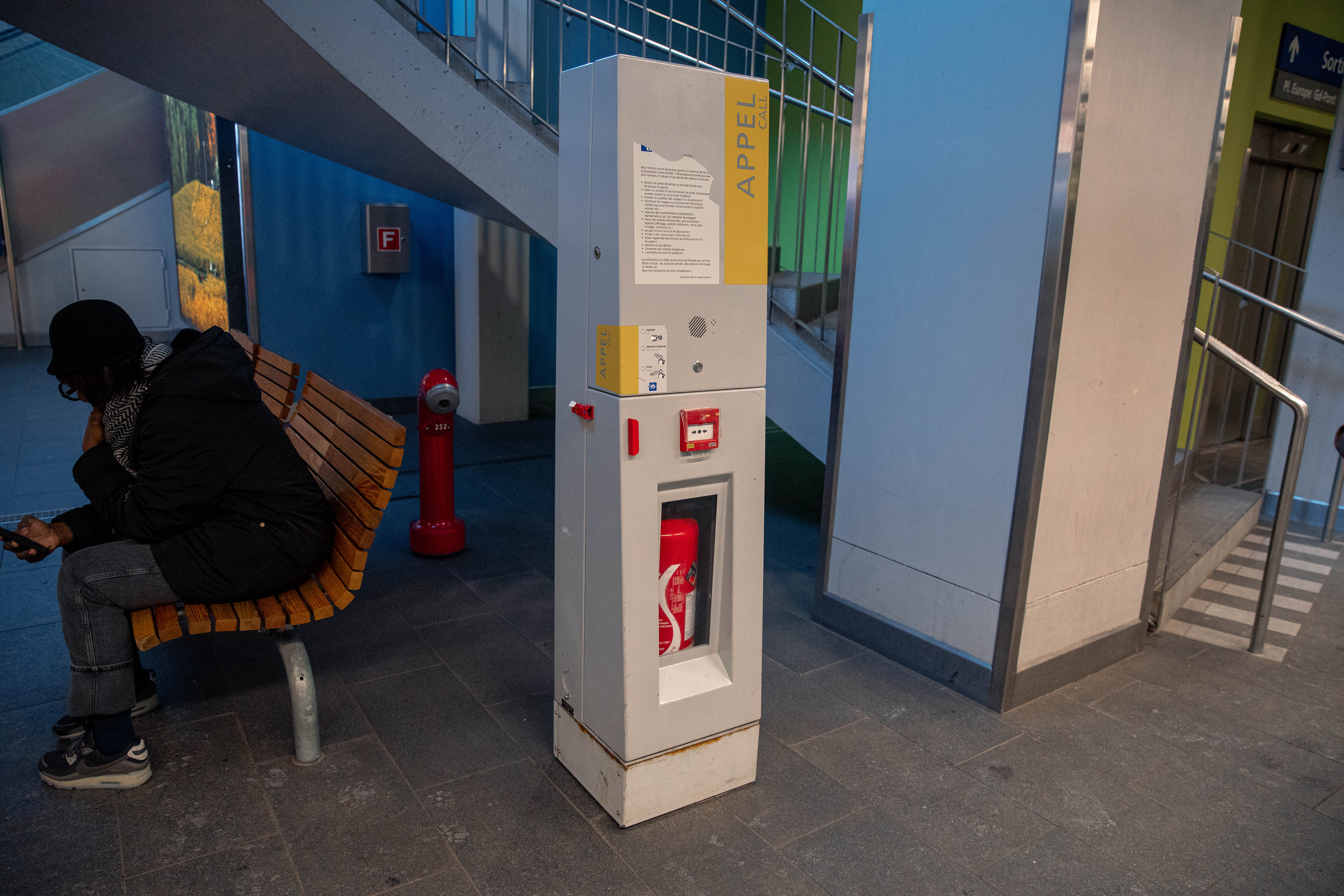
If required, emergency call terminals (equipped with inductive loops allowing the transmission of information to the hearing impaired) are located on all the m2 platforms.
Visual and audio door closing signals
In buses and metros, audio and visual signals tell you that the doors are about to close. In the metro, when this sound sounds and the light comes on, you can no longer get into the vehicle. We have a high network frequency; a new metro will pick you up a few minutes later.
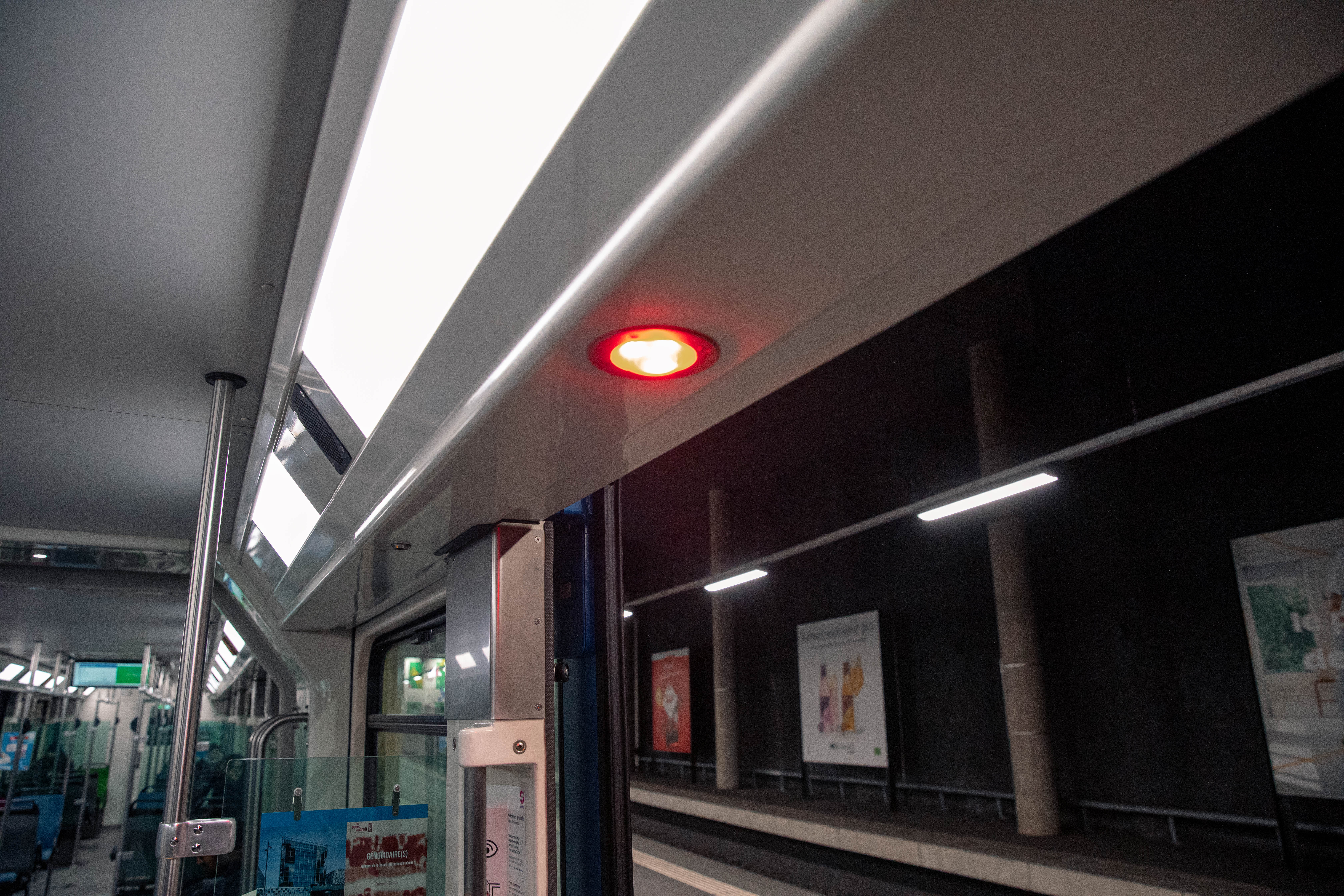
Visual and audio passenger information
In vehicles, the announcement of the next stop is broadcast by speaker in addition to the visual information. Newer vehicles have screens that broadcast upcoming stops and connections. Information on current or future disruptions is also broadcast on screens at stops and in buses, as well as by speaker in vehicles.

Travelling in a wheelchair
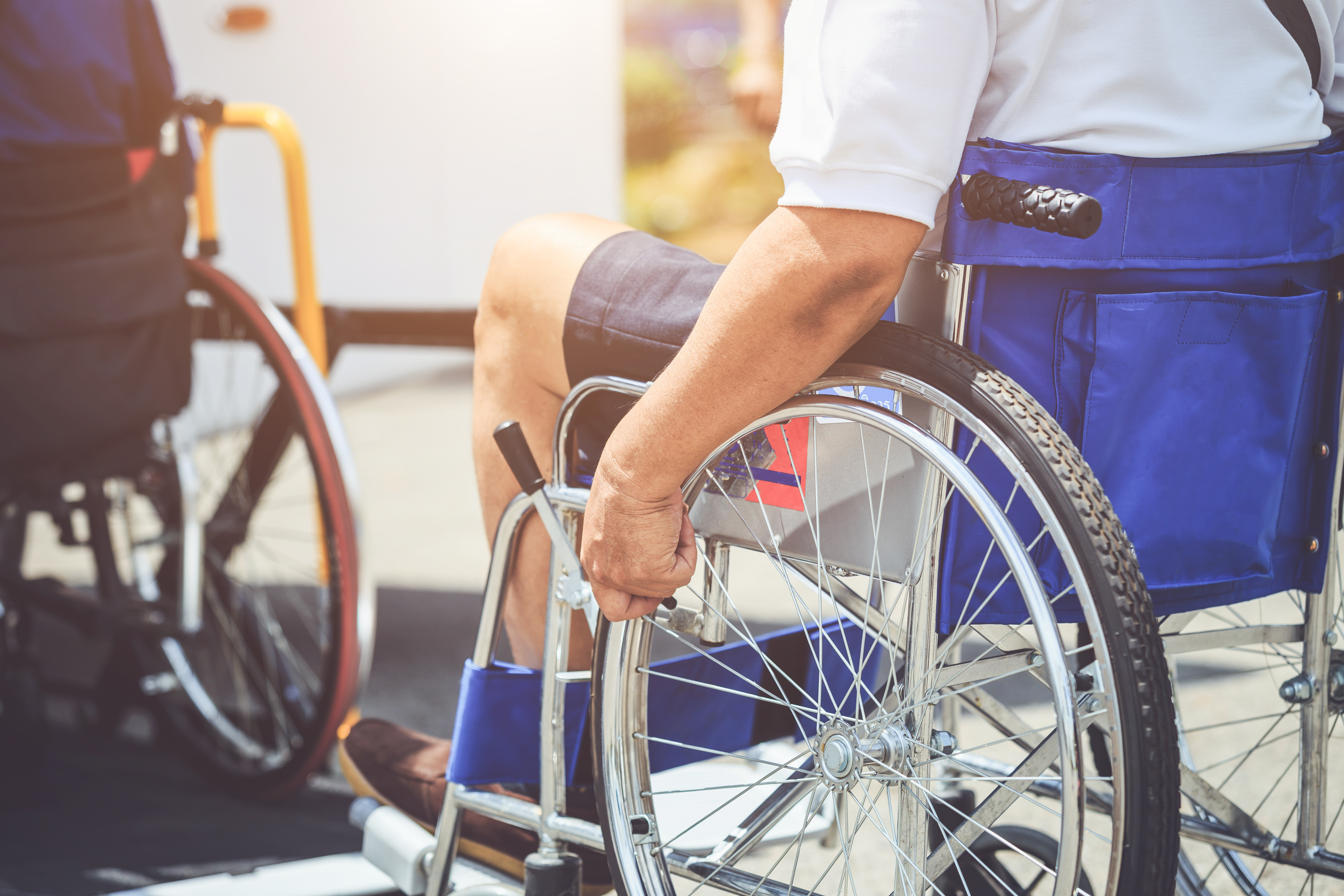
All our vehicles are adapted to accommodate wheelchairs with a maximum size of 120 x 70 cm and a weight of up to 300 kg. The buses have a distinctive pictogram at the front and rear of the vehicle as well as next to the adapted door.

When a bus comes to a stop, wave to the driver to show your intention to board. The driver will move to deploy the access ramp to help you enter the vehicle. Tell them your destination at this time so that they can prepare to come and help you get out of the vehicle.
For safety reasons, even if you are travelling accompanied, it is important to let the driver deploy the ramp and follow their instructions. In the metro, the level access allows you independent entry into the adapted stations.
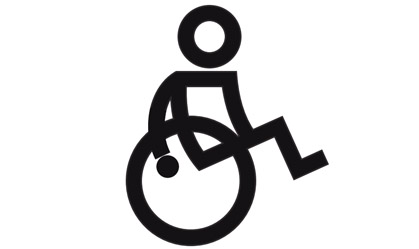 | Once in the vehicle, one or two seats (depending on the vehicle model) are equipped to accommodate wheelchairs. They are highlighted with a pictogram. Your wheelchair must be positioned in the direction indicated by the pictogram in the vehicle. On buses, it is imperative to secure your wheelchair with the brakes and then secure it with the strap so that it does not slip or tip over when cornering. |
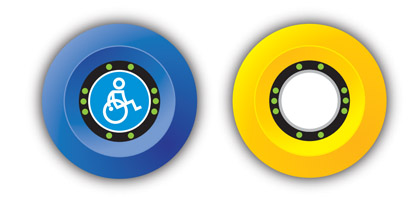 | When you want to get off the bus, you have to activate the specific stop request next to the wheelchair space, this will allow the driver to help you. |
Travelling with a rollator
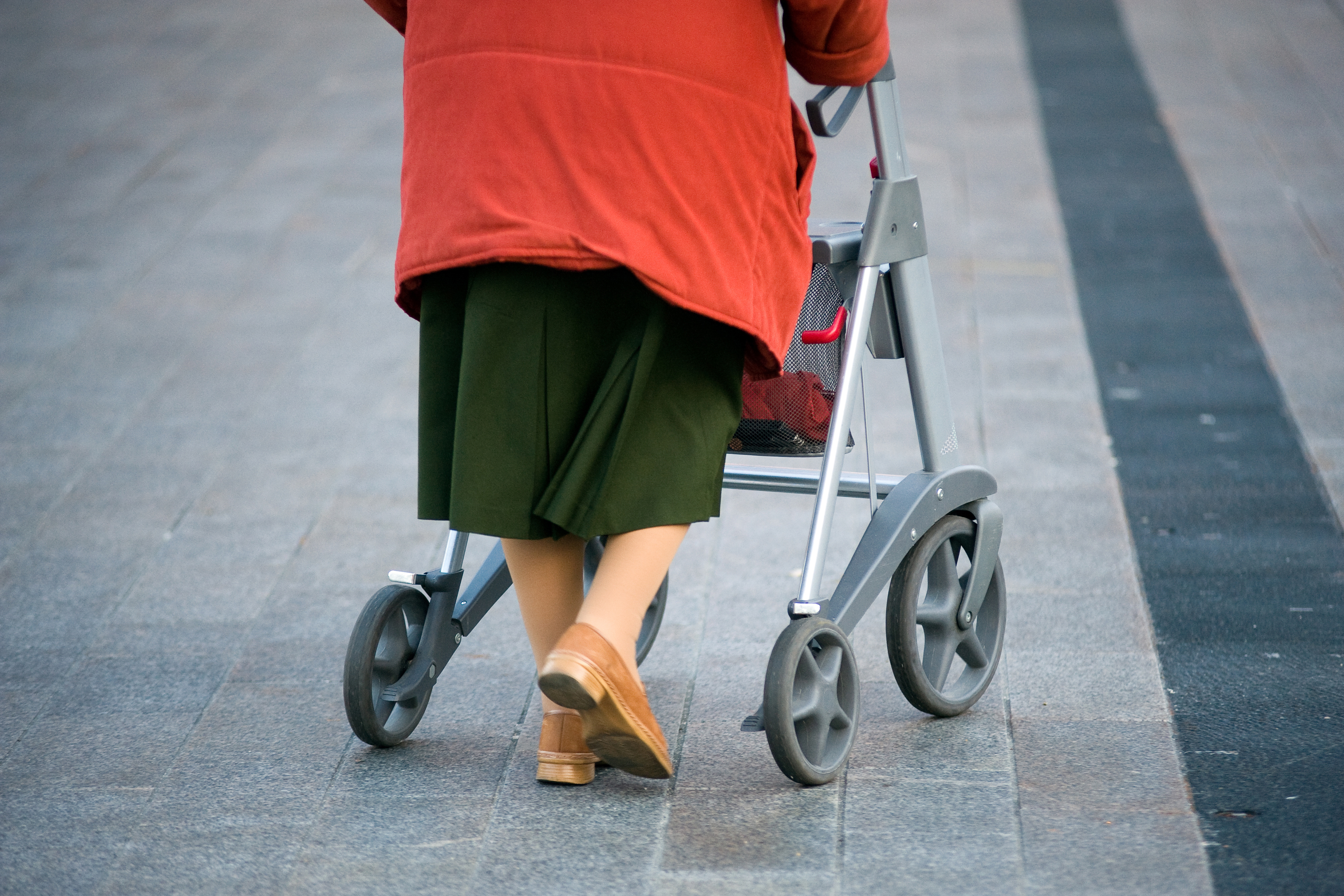
If you are travelling with a rollator, we recommend accessing the vehicle from the second door or trailer. In the vehicle, we recommend that you sit down taking care that your rollator does not obstruct the passage of other passengers or the passage next to the driver.
If you are travelling seated on your rollator, it is imperative to secure it with the brakes and then secure it with the strap so that it does not slip or tip over when cornering.
Anyone who needs special attention to get on or off the bus must use the yellow or blue button. The latter prevents the automatic closing of the doors:
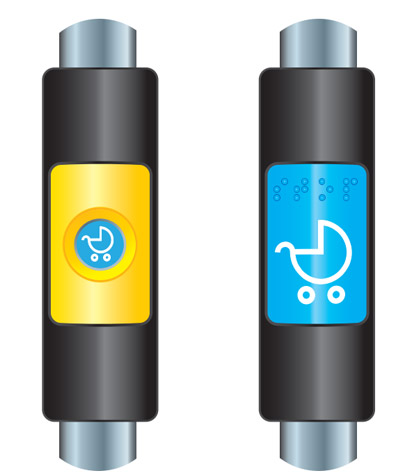 | Buttons allowing the exit of the vehicle under the control of the driver |
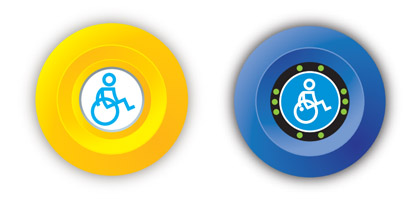 | Wheelchair buttons available in a dedicated area in direct proximity |
Travelling with my stroller
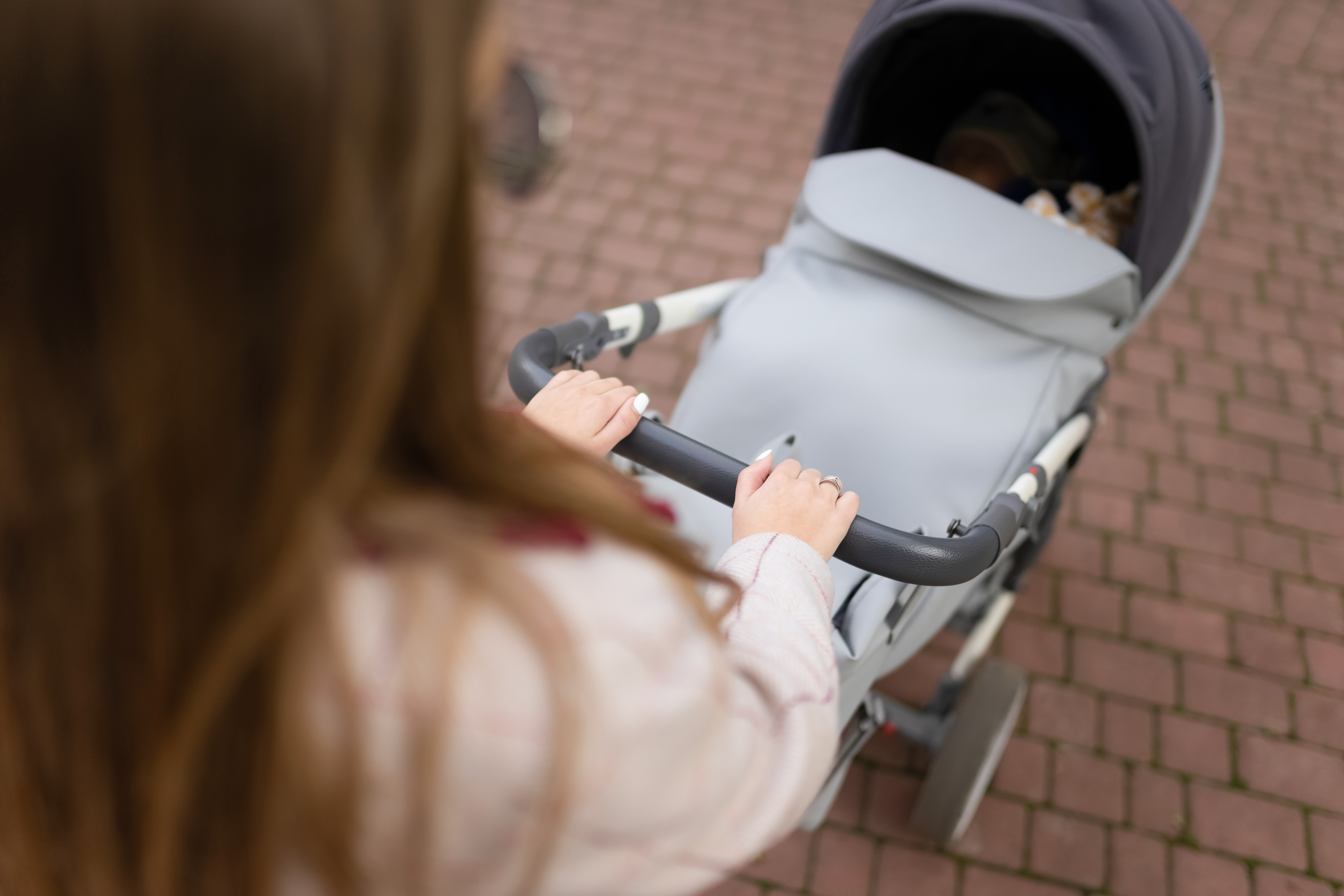
I always secure my stroller. No transport ticket is required for the stroller, only for its owner.
Safety instructions
- I get on and off the vehicle after activating the blue button which gives a specific signal to the driver who will pay attention to my entering and leaving the bus.
- In the bus, I place the stroller so that my child’s back is facing the direction of travel.
- My stroller is not a shopping cart. I’m careful not to overload it too much.
- I secure my stroller by activating its own brake and I hold it!
Getting on the bus
By activating the blue buttons, you give a specific signal to the driver who will pay attention when you enter the bus.
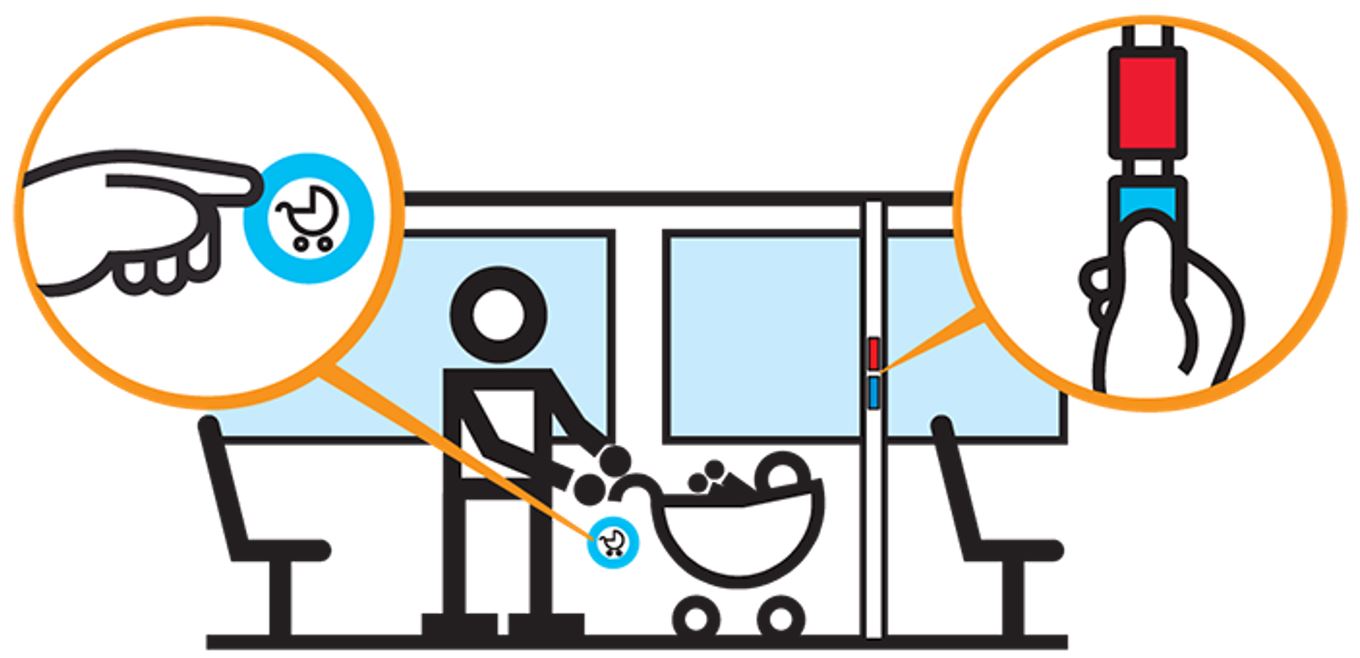
Installation in the bus
On the bus, place the stroller so that your child’s back is facing the direction of travel.
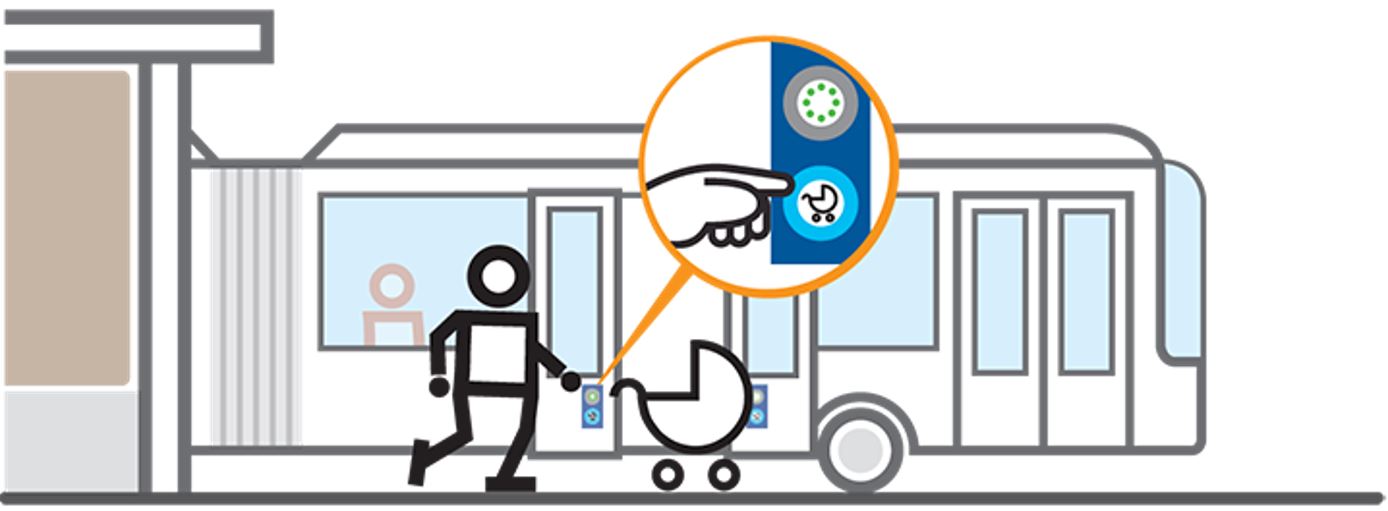
Getting out of the bus
To exit the vehicle under the control of the driver, press one of the blue buttons available to you.
Travelling with my dog
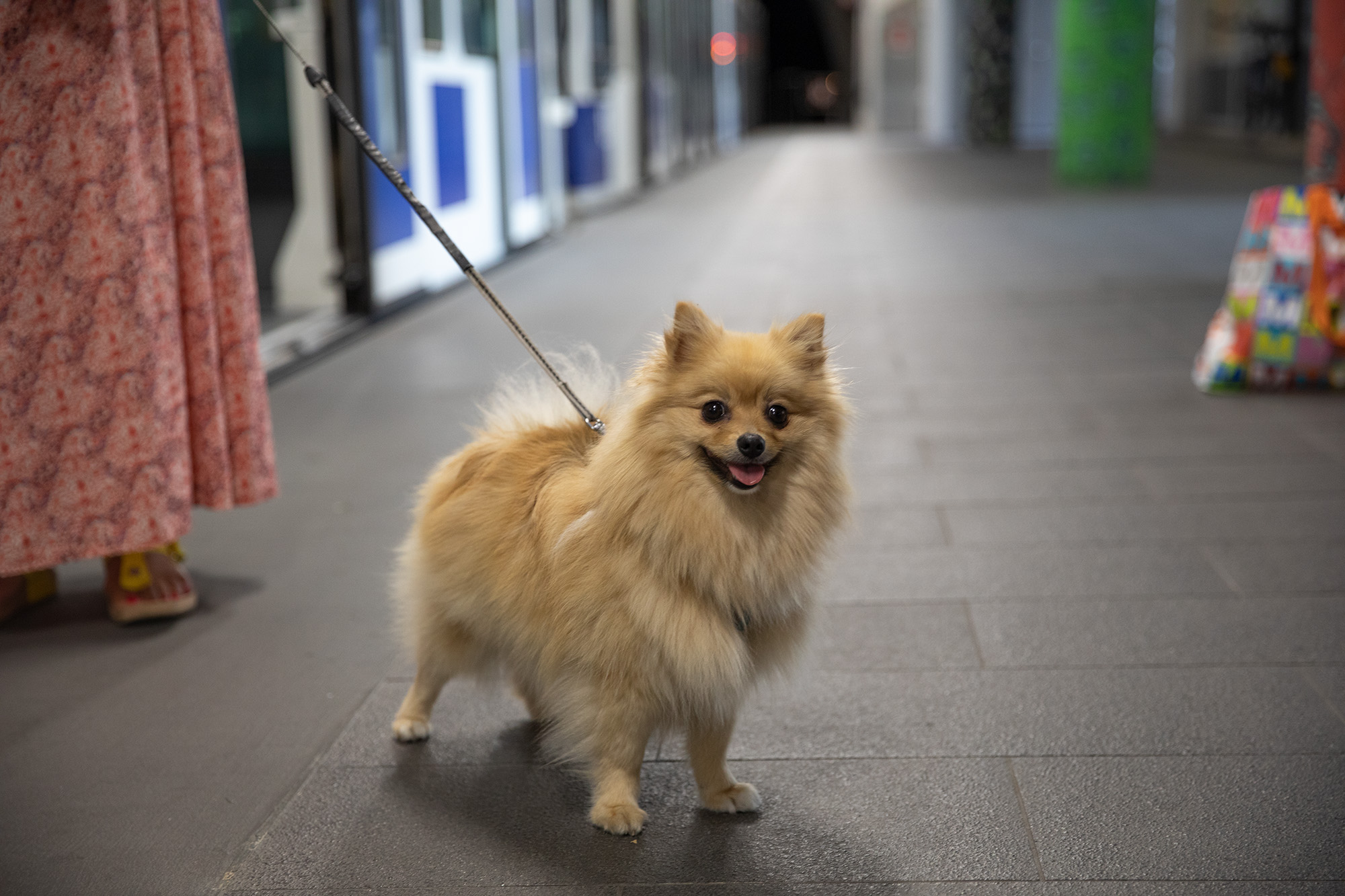
Like your ticket, the additional transport ticket for your dog must take into account the Mobilis zones crossed, paid for at half price. Only a small animal (less than 30 cm at the withers) travels free on board tl vehicles, on the sole condition that it is transported in a suitable cage or basket, to be considered as hand luggage. Dogs accompanying the visually impaired and working dogs also travel free of charge provided they have a valid identification card.
Safety instructions
- Dogs are not allowed on the seats.
- Travellers accompanying them are responsible for any damage caused.
- Dogs must be kept on a very short leash (1 metre max.).
Prices for dogs
Like your ticket, the additional transport ticket for your dog must take into account the Mobilis zones crossed, paid at the reduced rate. There are exceptions for small dogs, dogs accompanying the visually impaired and working dogs.
Dogs:
Must pay for a transport ticket, at the reduced rate, or hold a dog pass.
Small dogs:
Dogs with shoulder height, or at the withers, up to 30 cm. Are considered as hand luggage and travel free of charge only if transported in a cage or basket.
Guide dogs and working dogs:
Travel free of charge only with a valid identification card.
Travelling with my scooter
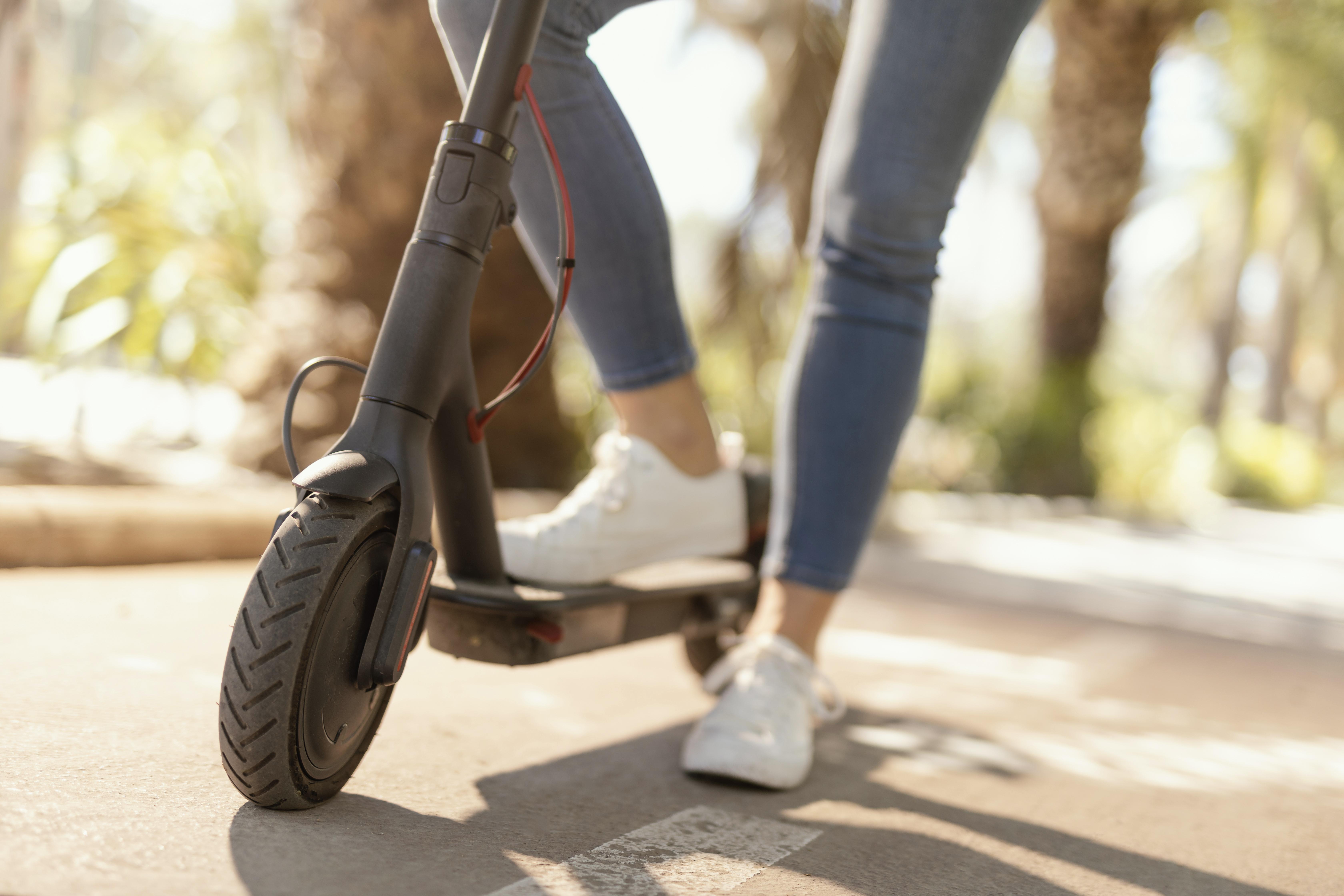
Only a collapsible, folded scooter is free. An unfolded scooter is considered a bicycle and therefore requires a suitable transport ticket. You also require a valid transport ticket for yourself.
Travelling with my luggage
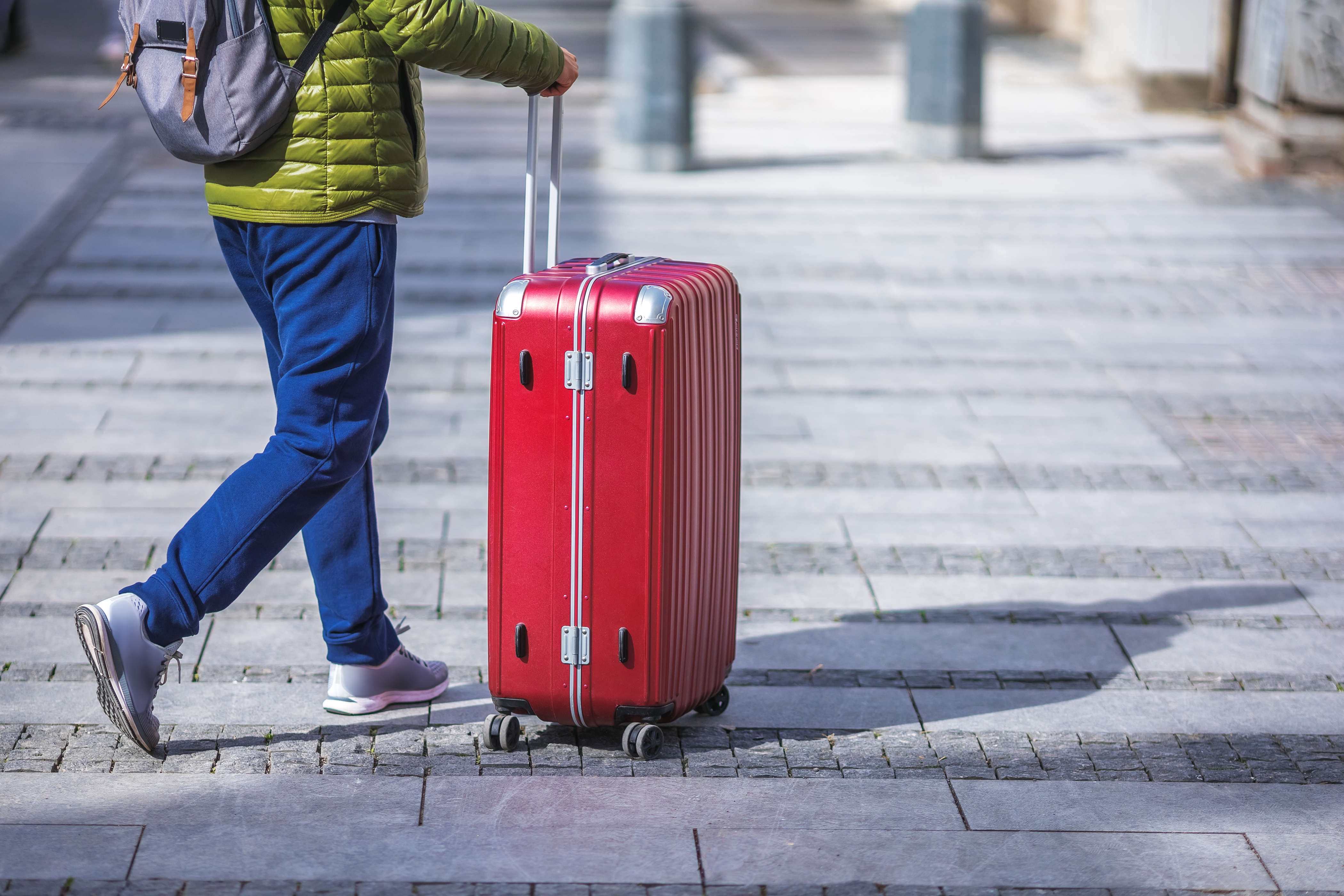
Luggage yes, but not too bulky. The tl bus is not a moving van. My accompanying baggage is allowed at no extra charge. I am careful not to block the vehicle.